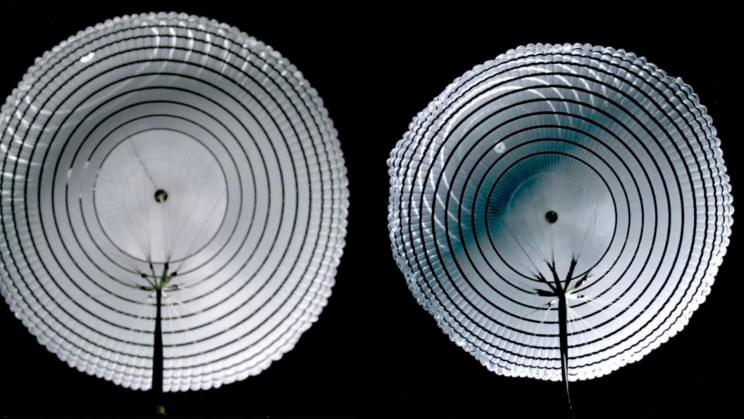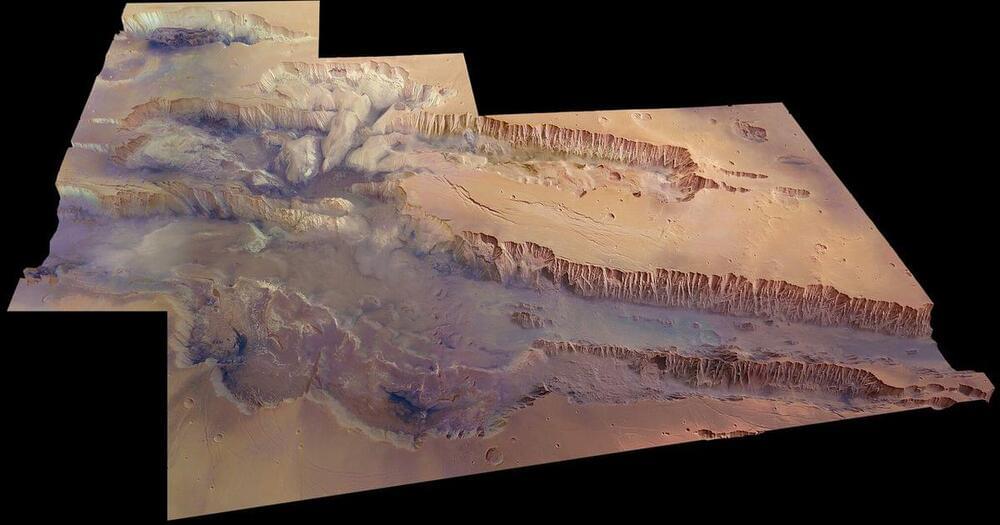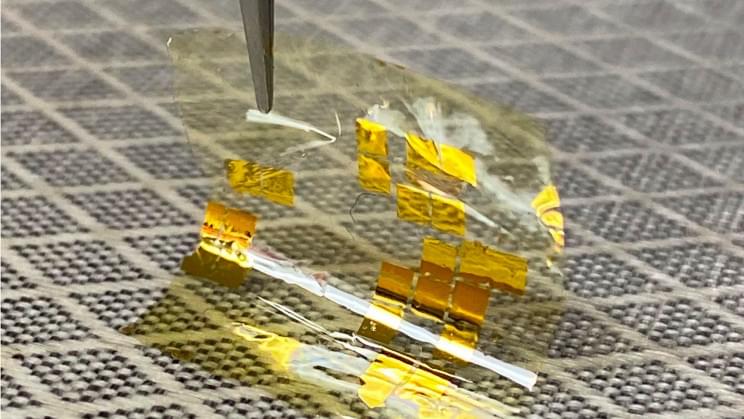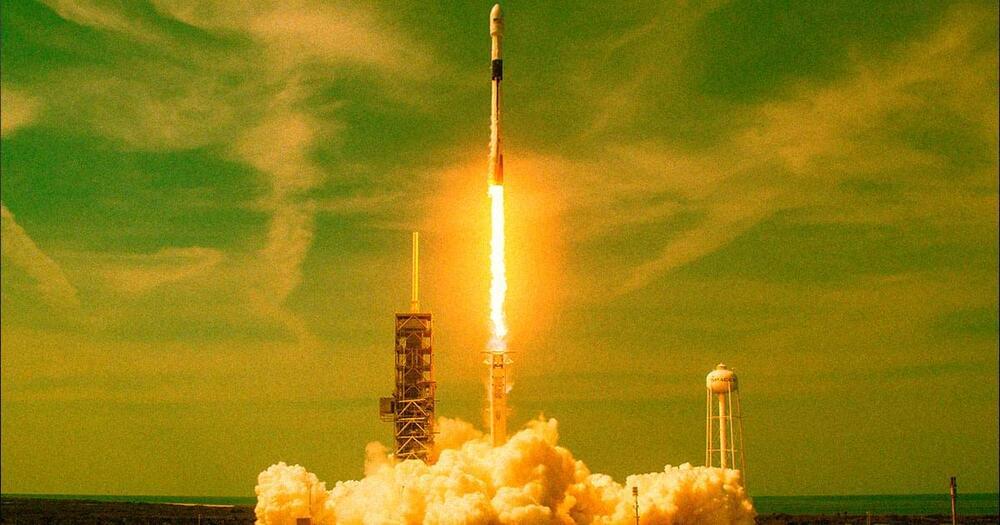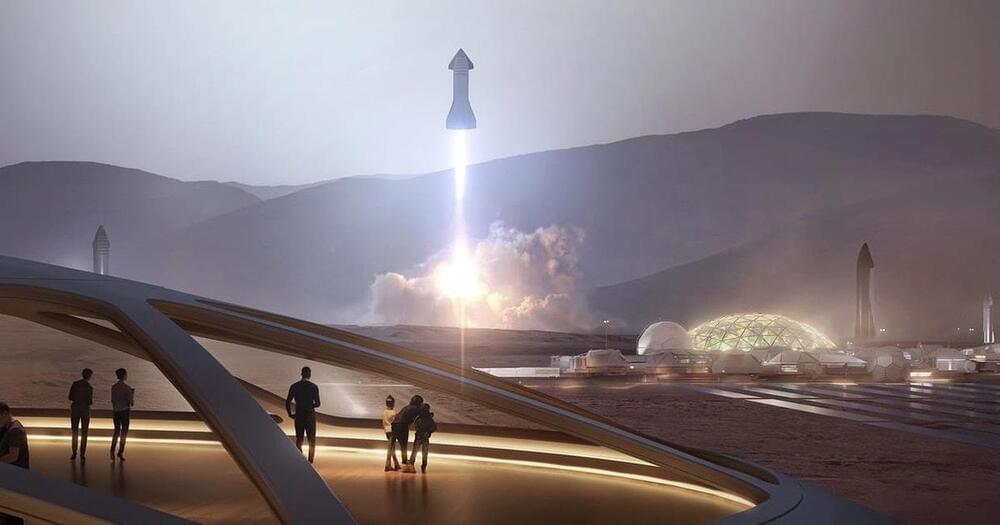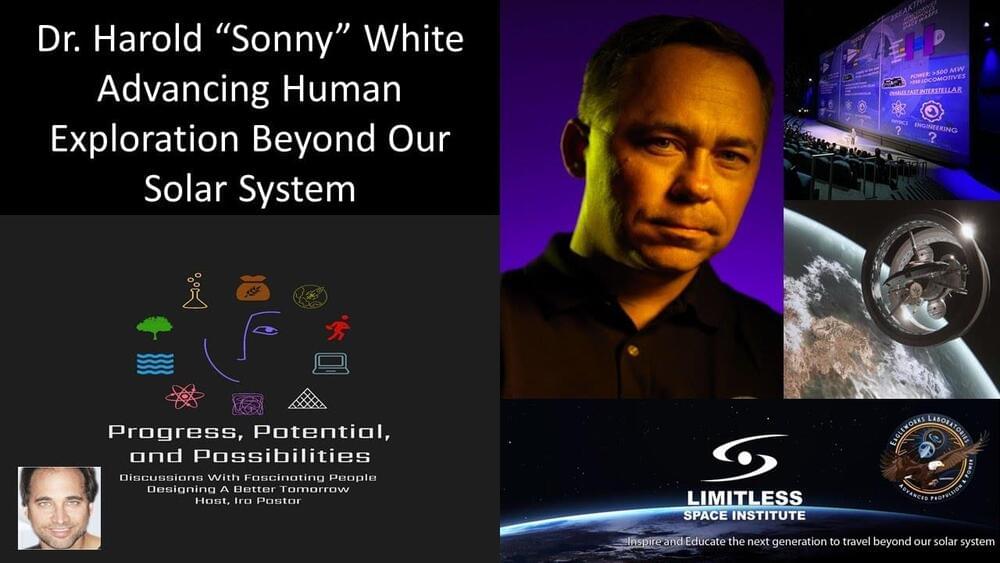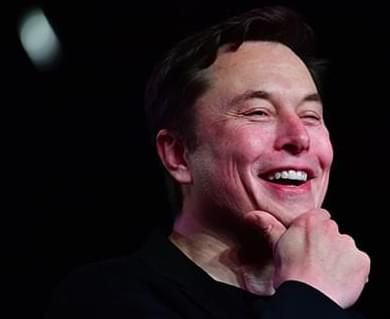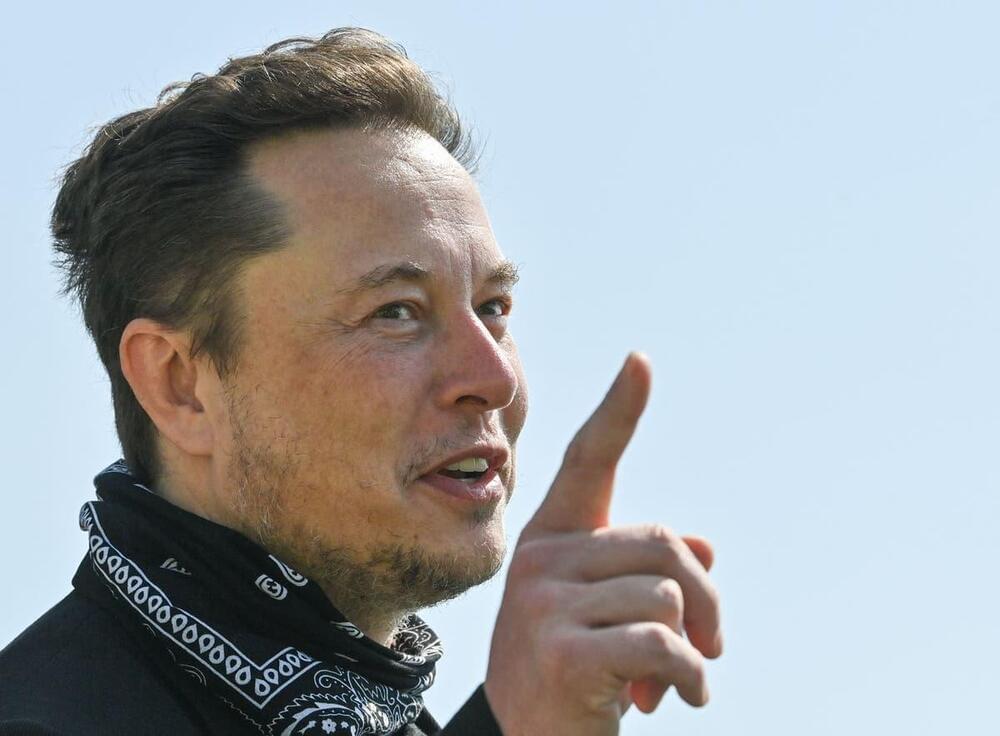Two different versions of the 35-meter-wide subsonic parachute flew perfectly.
The European Space Agency (ESA) completed the first successful high-altitude drop test of the ExoMars mission parachute, which will be the largest to ever fly on Mars, a press statement reveals.
The first and second stage parachutes have now both flown this year, meaning the ExoMars Rosalind Franklin rover mission is on course to launch for the Red Planet in Sept. 2022.
ExoMars mission is ‘on the road to launch’ The latest high-altitude drop tests took place in Oregon on Nov. 21 and Dec. 3 as part of a series of parachute tests aimed at ensuring the safe landing of the Exomars rover aboard the Kazachok lander, which is currently scheduled for some time in June 2023. The 35-meter-wide subsonic parachute will be the second parachute to deploy during the ExoMars descent modules final moments before touchdown. Two different versions of the 35-meter subsonic parachute were tested, with one developed by European firm Arescosmo, and the backup by U.S.-based Airborne Systems.
“Both parachutes deployed and flew beautifully,” said Thierry Blancquaert, ESA Exomars program team leader. “We maximized the lessons learned from all previous tests and with this double success following the impressive first stage parachute deployment earlier this year, we’re really on the road to launch. We have demonstrated we have two parachutes to fly to Mars.”
Full Story:
